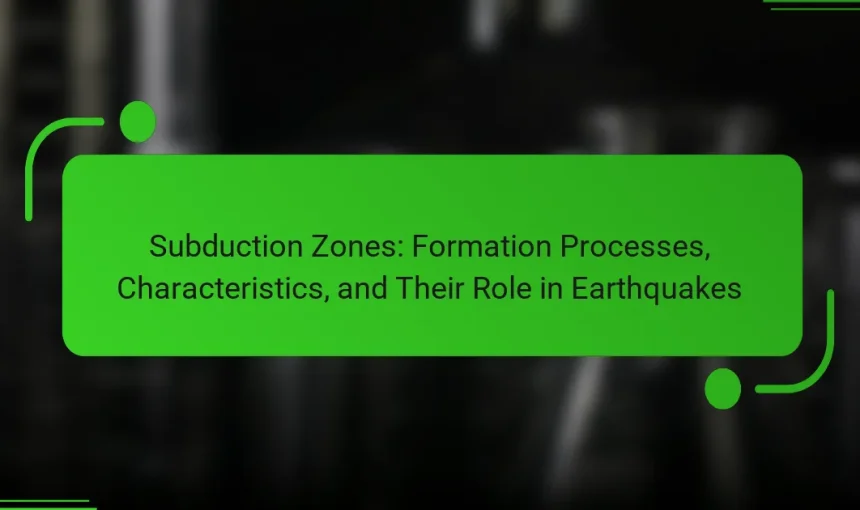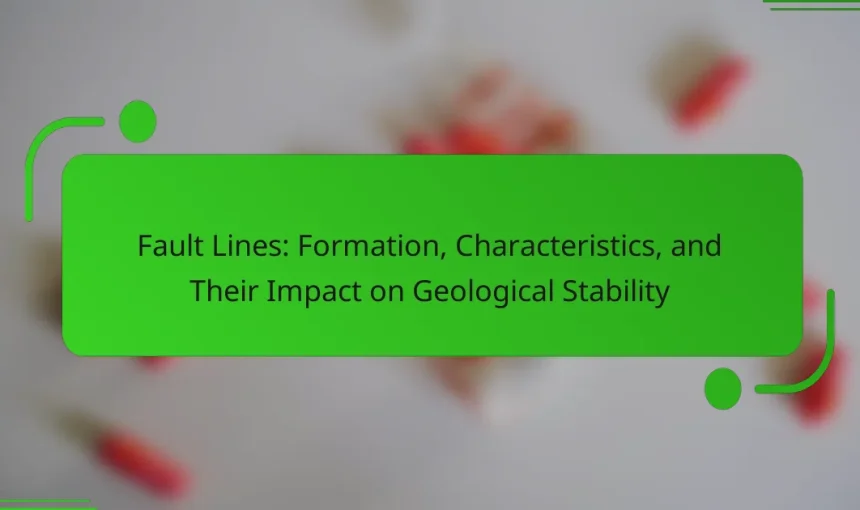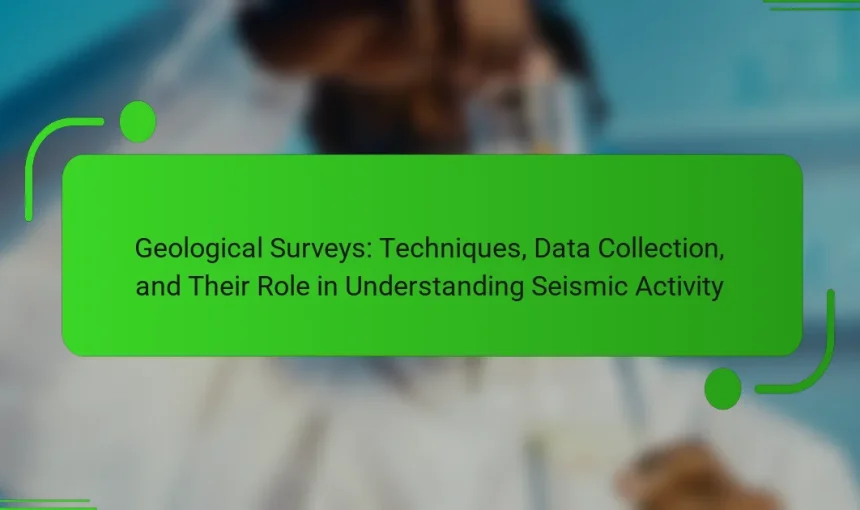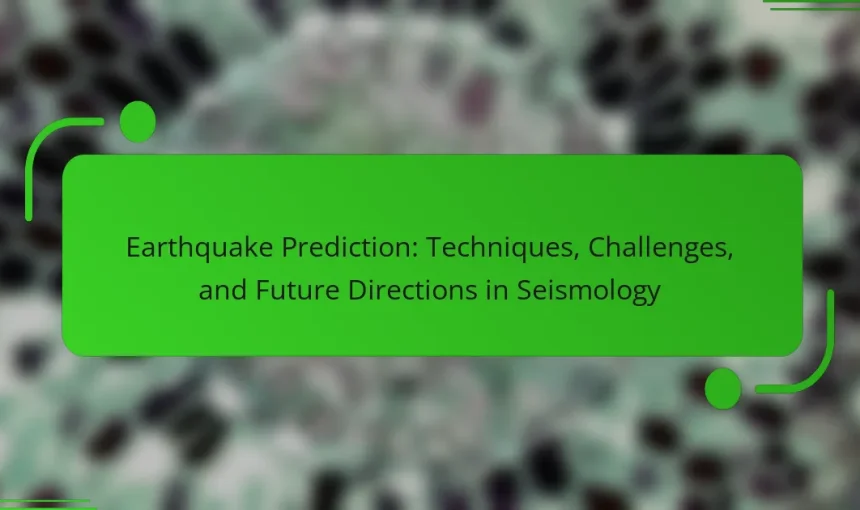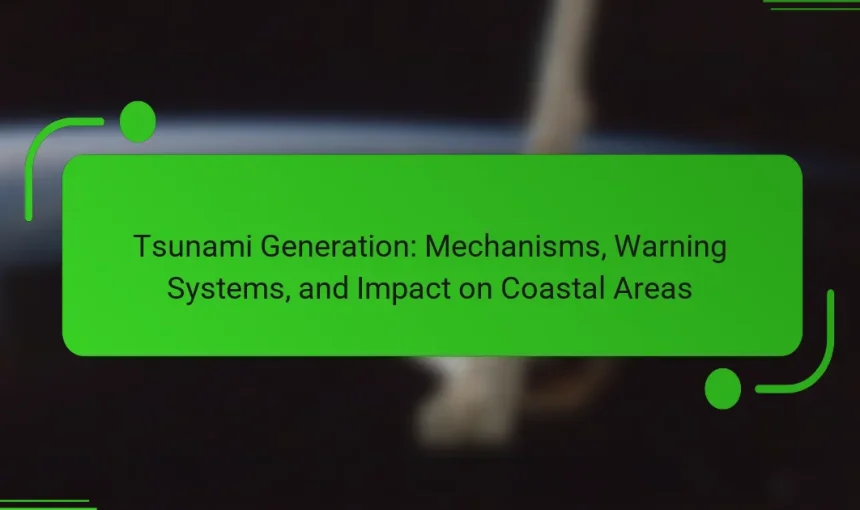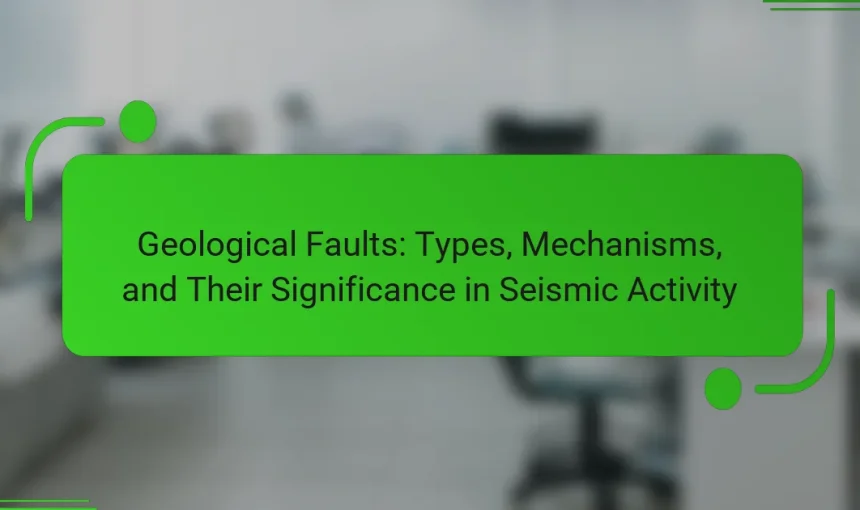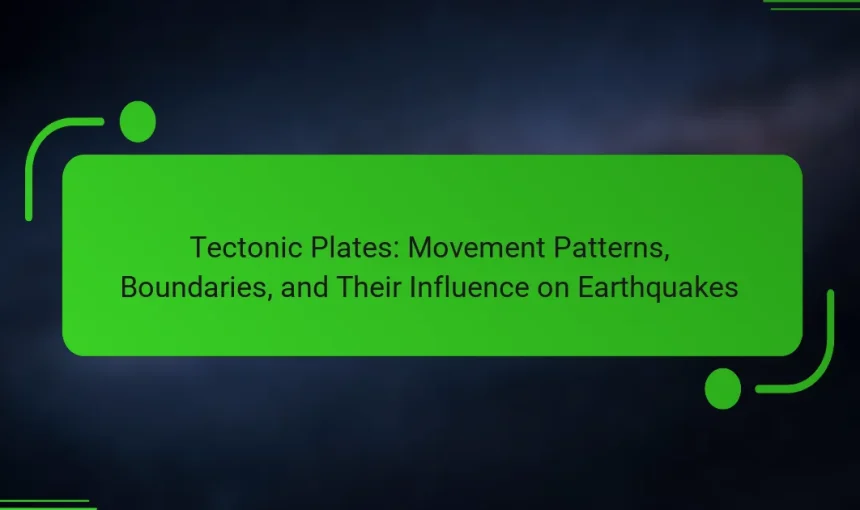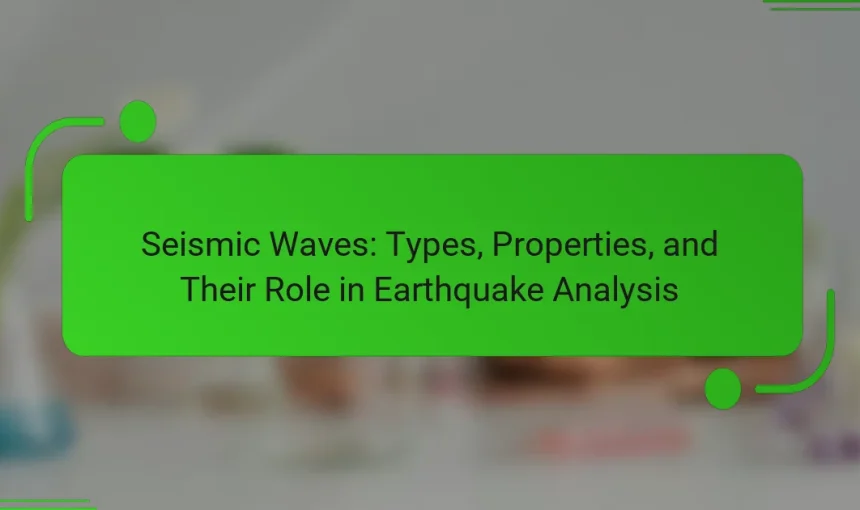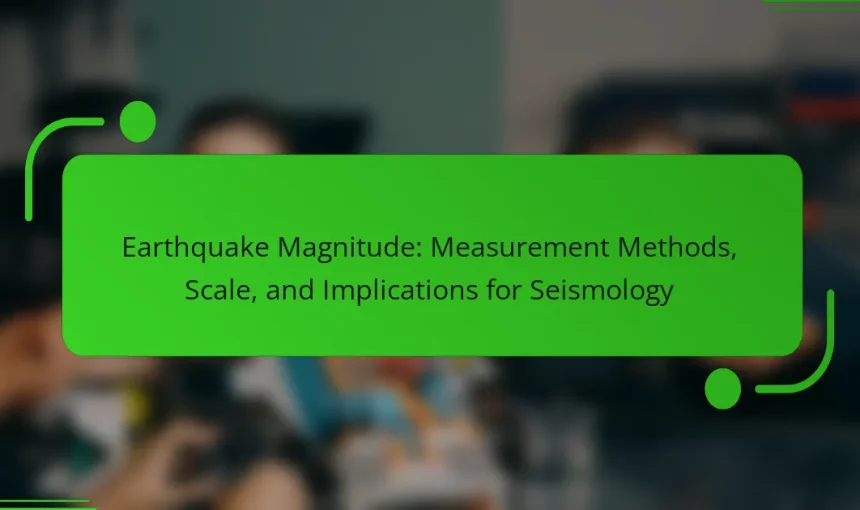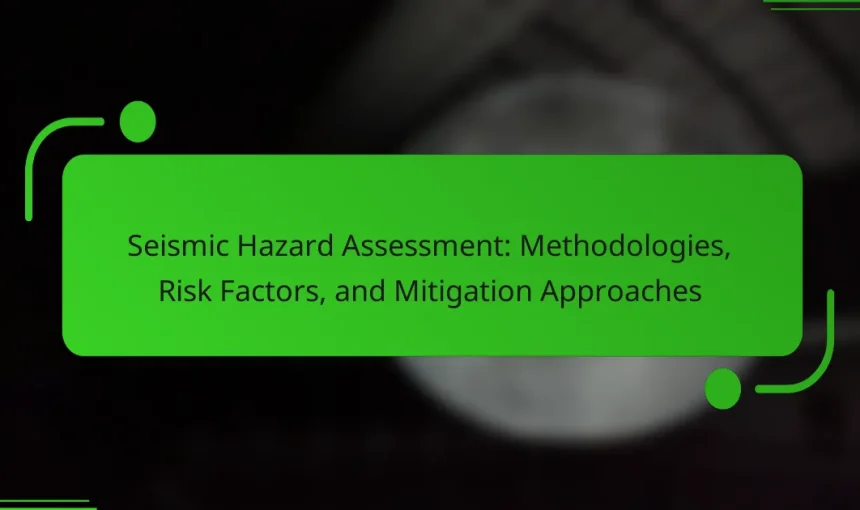Subduction zones are geological formations where one tectonic plate sinks beneath another into the mantle, primarily occurring at convergent plate boundaries. These zones are characterized by significant geological activity, including the creation of deep ocean trenches and volcanic arcs, as well as intense seismic events such as earthquakes. The article explores the formation processes and […]
Fault lines are fractures in the Earth’s crust where tectonic plates interact, leading to potential seismic activity. This article explores the formation and characteristics of various types of fault lines, including normal, reverse, and strike-slip faults, and their implications for geological stability. It highlights the significance of understanding these geological features in predicting earthquakes and […]
Geological surveys are systematic investigations focused on the Earth’s structure and composition, aimed at collecting data on geological features, resources, and hazards. These surveys employ various techniques, including mapping, sampling, and remote sensing, to provide vital information for land use planning, resource management, and environmental protection. Conducted by government agencies and private organizations globally, geological […]
Earthquake prediction is the scientific process of forecasting the occurrence of earthquakes by analyzing geological data and seismic activity patterns. This article explores various techniques employed by seismologists, including seismic monitoring, historical data analysis, geophysical methods, and machine learning algorithms, which aim to improve prediction accuracy. Despite technological advancements, challenges persist in accurately forecasting the […]
Tsunami generation is the process by which large ocean waves are created, primarily due to underwater disturbances such as seismic activities, volcanic eruptions, and landslides. These disturbances often result from tectonic earthquakes, which displace significant volumes of water, leading to the formation of tsunami waves that can travel rapidly across the ocean. As these waves […]
Geological faults are fractures in the Earth’s crust where blocks of rock move relative to each other, primarily due to tectonic forces arising from the movement of lithospheric plates. These faults vary in size and are classified into three main types: normal, reverse, and strike-slip. Geological faults are significant in the context of seismic activity, […]
Tectonic plates are large sections of the Earth’s lithosphere that float on the semi-fluid asthenosphere and interact with one another through various movements. This article explores the three main types of tectonic plate boundaries: divergent, convergent, and transform, detailing how these interactions lead to geological phenomena such as earthquakes and volcanic activity. The movement of […]
Seismic waves are energy waves generated by geological processes, such as earthquakes and volcanic activity, and are classified into two main types: body waves and surface waves. Body waves include primary (P) waves, which are faster and can travel through both solids and liquids, and secondary (S) waves, which are slower and can only move […]
Earthquake magnitude is a numerical measure of the energy released during an earthquake, primarily quantified using scales such as the Moment Magnitude Scale (Mw) and the Richter scale. The Moment Magnitude Scale provides a more accurate assessment for larger earthquakes, indicating that each whole number increase represents approximately 31.6 times more energy release. Various measurement […]
Seismic Hazard Assessment evaluates the potential for ground shaking due to earthquakes and its impact on structures and populations. This assessment analyzes historical seismic activity, geological conditions, and fault lines to quantify the likelihood of various shaking levels over time. It incorporates risk factors such as ground shaking intensity, fault line proximity, and soil conditions, […]
